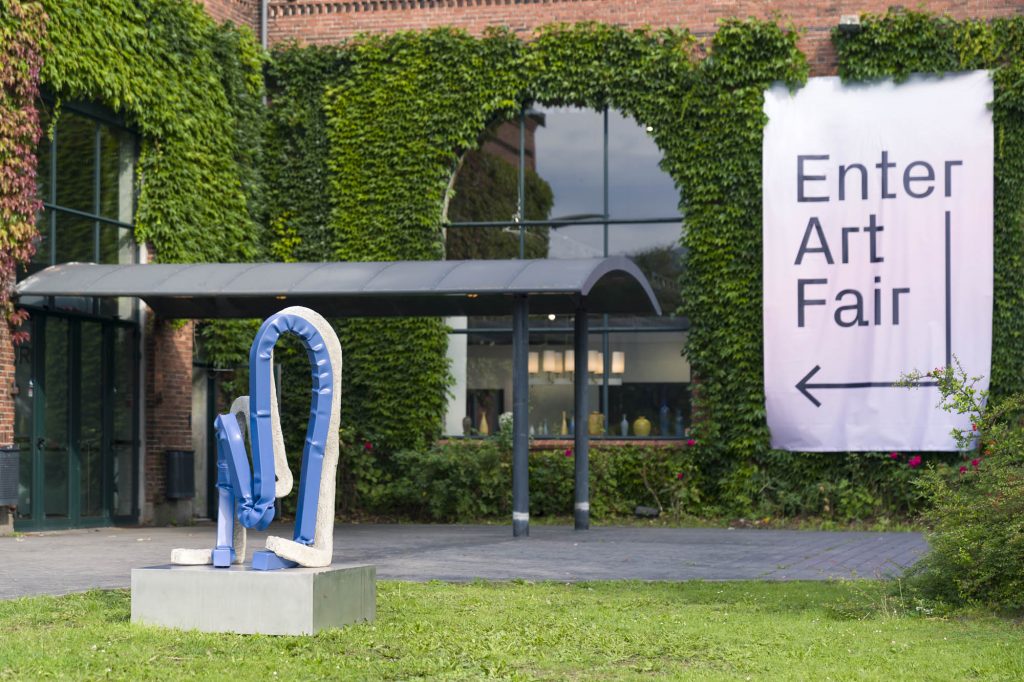Quickly evolving, the art market can seem complex and difficult to navigate. But do not worry, we got you there! Below, we share some insights into the art market that makes it a little less of a mystery with some facts worth knowing if you are considering buying your first piece of art or are curious to learn more about this fascinating world.
Have you ever wondered what the difference is between the primary and the secondary art market? And did you know of this distinction in the first place? The fact is that the art market is roughly divided into two: the primary art market and the secondary art market.
The primary art market
The primary art market refers to the first sale of an artwork, either through a gallery or directly out of the artist’s studio. The primary art market presents works by artists that are still alive and marks the time when the price for an artwork is set for the first time. The price is based on the artist’s exhibition history, sales history (if any), career level, and size of artwork. The greater the demand for an artist, the higher the price the artwork could take up on the primary market.

The secondary art market
Once the artwork is purchased on the primary market, it enters the secondary market. Thus, the secondary market refers to art that has been sold at least once before. In simpler terms, the secondary market deals with resale, typically with artworks by artists who have a substantial reputation. For example, most artworks sold through auction houses form part of the secondary market. Prices for artworks on the secondary market are determined by factors such as condition, provenance, and the significance of a work within the artists’ oeuvre. If an artist is related to a top gallery or is represented in an influential public or private collection, it can have a positive impact on the price.
There are different reasons for collectors to sell a piece of art from his or her collection. For some, it is simply a question of wanting to get a new piece into their home, perhaps he or she has lost their joy for a once loved piece or it could be for financial reasons if the demand for an artist and thus the value of the piece has risen considerably.

What does it mean for me as a collector?
When buying on the primary art market, galleries sell directly for the artist and collectors will often get the chance to meet the artist in person through studio visits or exhibition previews prior to purchasing. On the contrary, many secondary market dealers have little contact with artists, and they rarely sell a work at a lower price with the hopes of developing an artist’s career. Prices in the secondary market will often be more stable, however, those involved in the sale aim to achieve the highest price possible. When an artwork is sold at a low price on the secondary market, it can be detrimental to an artist’s career and the value of future works.
Conclusion
Even though the art market operates with both a primary and a secondary market, they are clearly intertwined. As a collector, it is valuable to get a good sense of both of them by visiting galleries, talking to dealers, and watching art auctions online. Dare to follow your curiosity and ask questions. The more you know the better are your chances to find your way through the labyrinth of the art world.







